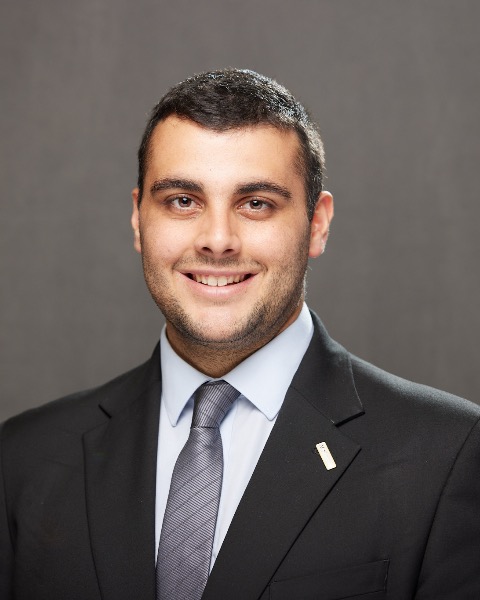Tumor
Optimizing Outcomes in Clival Chordoma Surgery: A Systematic-Review and Meta-Analysis of Surgical Approaches.
Optimizing Outcomes in Clival Chordoma Surgery: A Systematic-review and Meta-analysis of Surgical Approaches

Filippos-Savvas Savvas Chelmis, Mr.
Medical Student
Sofia University "St. Kliment Ohridski"
Presenting Author(s)
Introduction: Clival chordomas, developing from embryonic notochord remnants, are rare and aggressive malignant tumors, comprising 0.1-0.2% of all intracranial tumors. Positioned at the skull base, these tumors have difficulties in access and complete resection. This systematic review and meta-analysis evaluates and directly compares the surgical outcomes of traditional open surgery and the endoscopic endonasal approach, aiming to evaluate the most effective strategies for managing these challenging tumors.
Methods: This systematic review, registered in PROSPERO, following the PRISMA guidelines, compared EEA and open surgery for clival chordomas. PubMed/Medline, Cochrane library and Clinicaltrials.gov were searched for the period 2000-2024 and Google Scholar for further results. We included studies in English, with adults and with direct comparisons, excluding case reports, and underpowered studies. Primary outcomes for meta-analysis were GTR and OS; secondary outcomes included RR, PFS, and surgical complications. Data were analyzed using Covidence and two independent reviewers, with bias assessed using the NIH Risk of Bias tool.
Results: Our meta-analysis of 10 studies including 1,384 patients (860 EEA + 585 Open), mean age 49.2, and mean follow-up 60.7 months. It showed no significant differences in GTR rates between the EEA and open surgery (OR: 1.64, 95% CI: 0.82–3.30), or in OS and PFS (OS OR: 1.25, 95% CI: 0.89–1.77; PFS OR: 0.83, 95% CI: 0.36–1.91). EEA was associated with significantly lower RR (OR:0.23, 95% CI: 0.10–0.51) and fewer cranial nerve deficits. Conversely, CSF leaks were more frequent with EEA. The rest of complications were comparable across both methods.
Conclusion : Our study suggests that the EEA may have benefits over open approaches for clival chordomas, athough not statistically significant. Due to the high learning curve associated with EEA, only specialized, high-volume centers with experienced multidisciplinary team should perform this technique. More high-quality studies are necessary to clarify the potential benefits of EEA.
Methods: This systematic review, registered in PROSPERO, following the PRISMA guidelines, compared EEA and open surgery for clival chordomas. PubMed/Medline, Cochrane library and Clinicaltrials.gov were searched for the period 2000-2024 and Google Scholar for further results. We included studies in English, with adults and with direct comparisons, excluding case reports, and underpowered studies. Primary outcomes for meta-analysis were GTR and OS; secondary outcomes included RR, PFS, and surgical complications. Data were analyzed using Covidence and two independent reviewers, with bias assessed using the NIH Risk of Bias tool.
Results: Our meta-analysis of 10 studies including 1,384 patients (860 EEA + 585 Open), mean age 49.2, and mean follow-up 60.7 months. It showed no significant differences in GTR rates between the EEA and open surgery (OR: 1.64, 95% CI: 0.82–3.30), or in OS and PFS (OS OR: 1.25, 95% CI: 0.89–1.77; PFS OR: 0.83, 95% CI: 0.36–1.91). EEA was associated with significantly lower RR (OR:0.23, 95% CI: 0.10–0.51) and fewer cranial nerve deficits. Conversely, CSF leaks were more frequent with EEA. The rest of complications were comparable across both methods.
Conclusion : Our study suggests that the EEA may have benefits over open approaches for clival chordomas, athough not statistically significant. Due to the high learning curve associated with EEA, only specialized, high-volume centers with experienced multidisciplinary team should perform this technique. More high-quality studies are necessary to clarify the potential benefits of EEA.

.jpg)